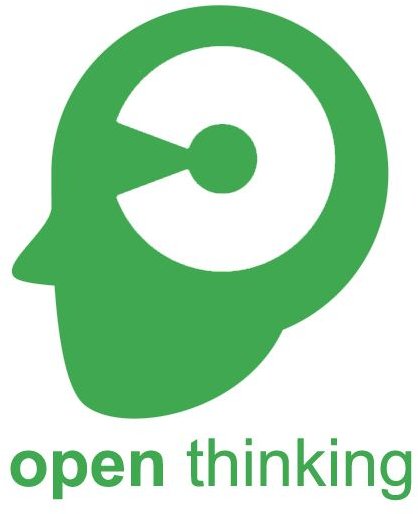Roles in Project Oriented Collaboration: Assigning Roles to Project Team Members
Project Oriented Collaborative Problem Solving
When in a project or team setting, you are often faced with a collaborative problem solving challenge. There is lots of research into how groups discuss solutions, and how they come to conclusions. Sometimes, the project team can come to the wrong conclusion because the people with the best idea, or more accurate information, don’t come forward or have their ideas overwhelmed by stronger voices in the room. This phenomenon is sometimes known as “groupthink.”
One way to overcome this kind of collaboration issue is to assign individual roles to each of the members of the project team. Doing so not only gives all the voices permission to speak up, it actually makes it their responsibility and their obligation to do so. Additionally, it lets the team members focus their thinking on a specific point of view, or a specific angle on the problem at hand. This can often lead to a better outcome.
Individual Roles
When we talk about Individual Roles in Collaborate Problem Solving, realize that there are many roles that are important in a meeting that aren’t included here. Roles like notekeeper, timekeeper, etc., are all vital to a well run meeting. But it’s not those kinds of roles we are referring to here. Let me list out the five roles that generally exist in every problem solving challenge.
- Facts & Info – This person’s job is to know and understand the facts and information about the problem. This is usually the only person in the room allowed to have a laptop. When facts, figures, numbers or clarifications are needed, this is the person responsible for verifying them. Often, this person isn’t totally engaged in crafting solutions, but they must be fully engaged in the conversation, to make sure that decisions aren’t being made using faulty data.
- Pessimist – Also called Devil’s Advocate, or other such terms. This person’s role is to challenge the ideas and evidence that are wishful thinking, and to press on ideas that require lots of things going right. Often, this person comes up with worst-case scenarios, but more importantly, they come up with scenarios that are likely. Things like, “What if the bank won’t give us funding?” Or “What if we can’t get that building permit?” It doesn’t have to be “what if lightning strikes us?” But having someone in the room who is responsible for the individual role of the realist is important.
- Optimist – However, every collaborative problem solving team also needs someone who looks on the bright side. Sometimes, things do work out as planned. The bank does fund you, or you are in violation of some regulation. Just as important as being prepared for the worst, you also need to be prepared for the best. The hidden cost in many project teams is a failure to be ready to capitalize on success. It’s possible that by preventing a million dollar loss, you also prevented yourself from taking advantage of a ten million dollar gain. The optimist should be thinking about solutions and ideas that make sense when things do go right.
- Creativity – This individual role takes some skill, because creative thinking doesn’t come naturally to everyone. But it can be a fun one to play, if you enjoy it. Often in meetings, someone has a crazy idea that isn’t realistic, but would help spur other thoughts. However, people don’t want to seem crazy, or silly, or out of their minds. “What if instead of needing a permit, we build 100 feet off the ground, above that supermarket?” “How about a bake sale, instead of going to the bank?” More often than not, these ideas are unworkable. But just as often, they put ideas in other people’s minds, which can lead to a higher quality solution.
- Facilitator – And finally the the importance of a facilitator. In this kind of collaborative problem solving exercise, the facilitator not only has to keep the meeting flowing, the agenda items on target, and keep track of time, but they also need to facilitate the roles and responsibilities, as well. There will be times when the optimist starts talking negatively. Or the fact checker forgets that it’s her job to check the numbers. In addition to facilitating the problem solving session, the facilitator also must keep everyone in their individual role.
Other Roles in Problem Solving
Of course, these aren’t all the possible individual roles, there are plenty more. To collaboratively solve your problem, you may need someone to represent the customer, or the compliance officer, or the employees. If you have a big team, perhaps you want to have more than one person in each role. Halfway through the discussion, you may even want to swap up roles, to get even more thoughts on the table. All of this is fine; the point of the exercise is two-fold. First, making sure that everyone who has a thought knows that only can they speak what’s on their mind, but that they must. And second, if you attempt to solve a problem from every angle, you will wind up with a subpar solution. Focusing people’s efforts on one point of view a time will help focus the thinking, and lead to a better result.
Image credit: Jordi berenguer, https://commons.wikimedia.org/wiki/File:Open-thinking.png
